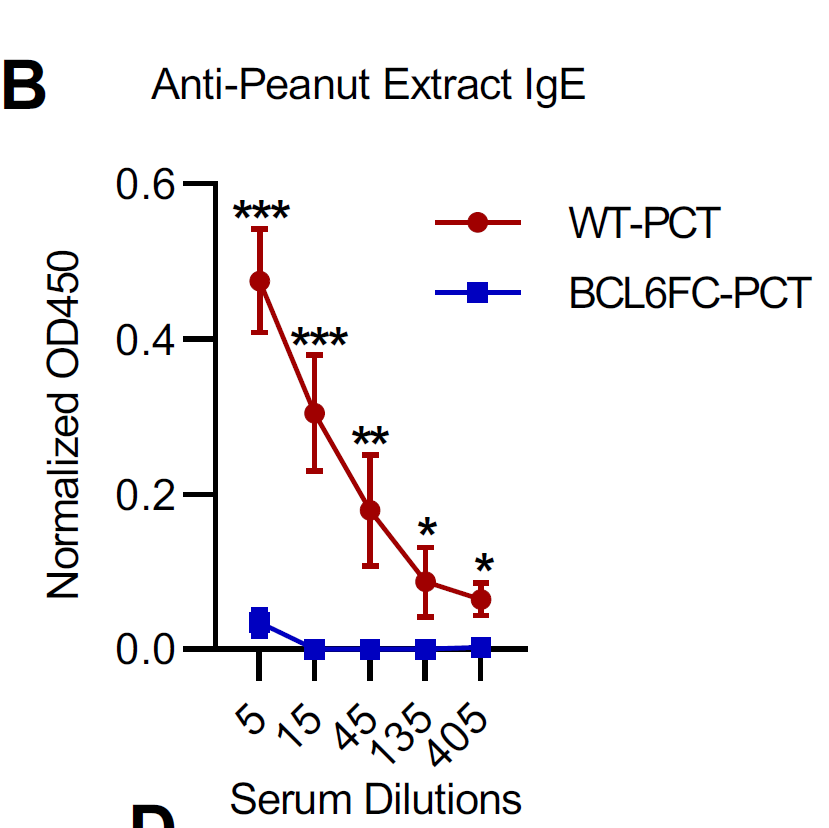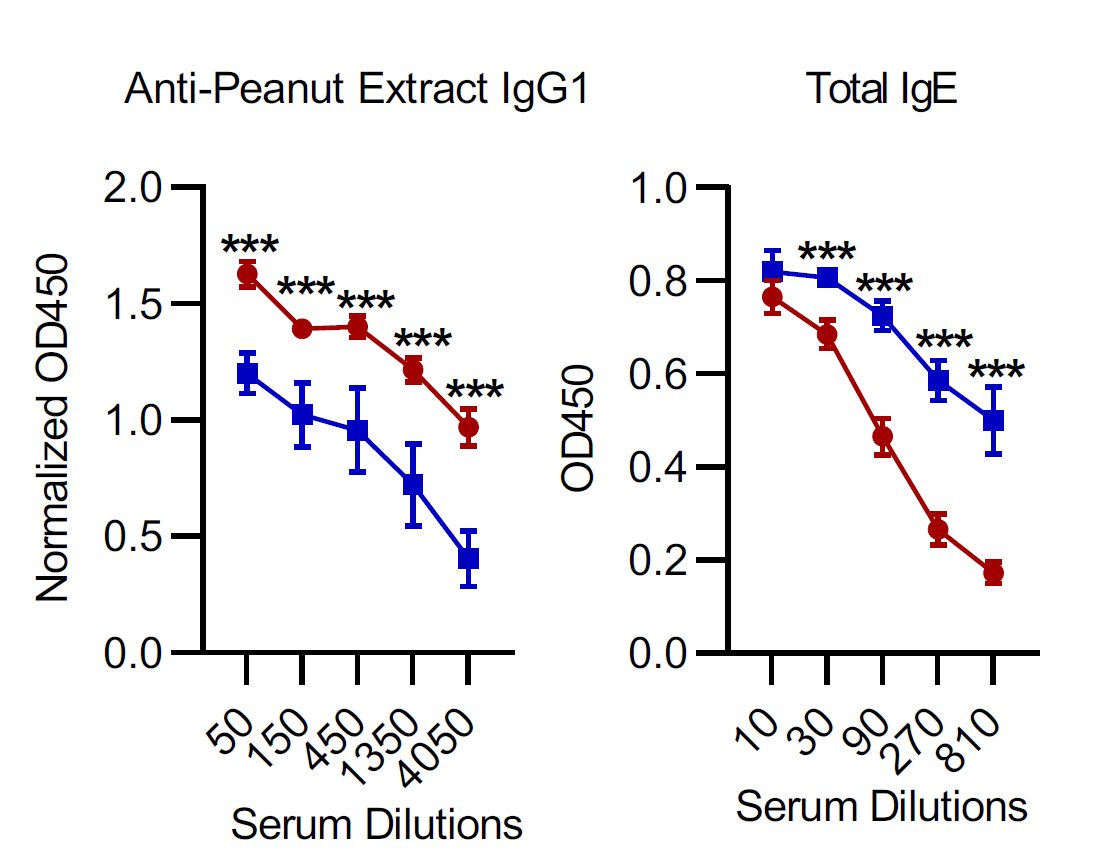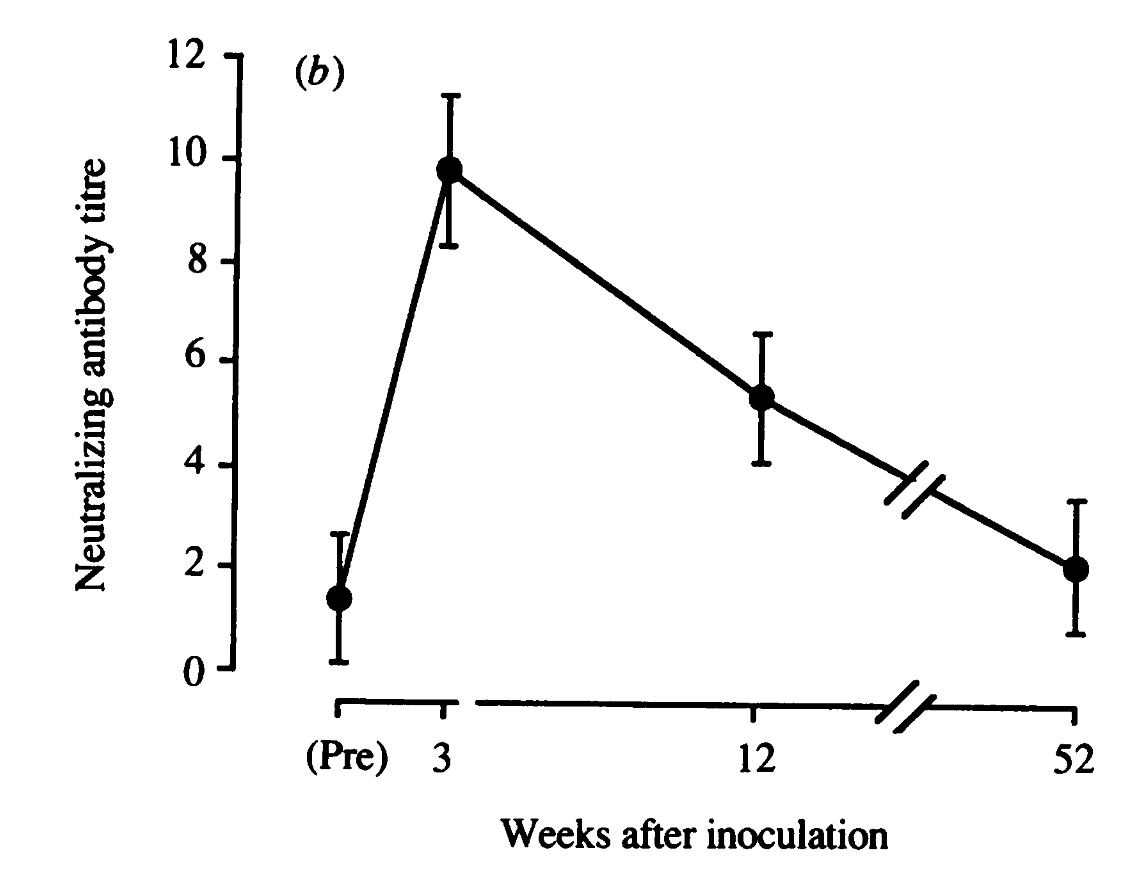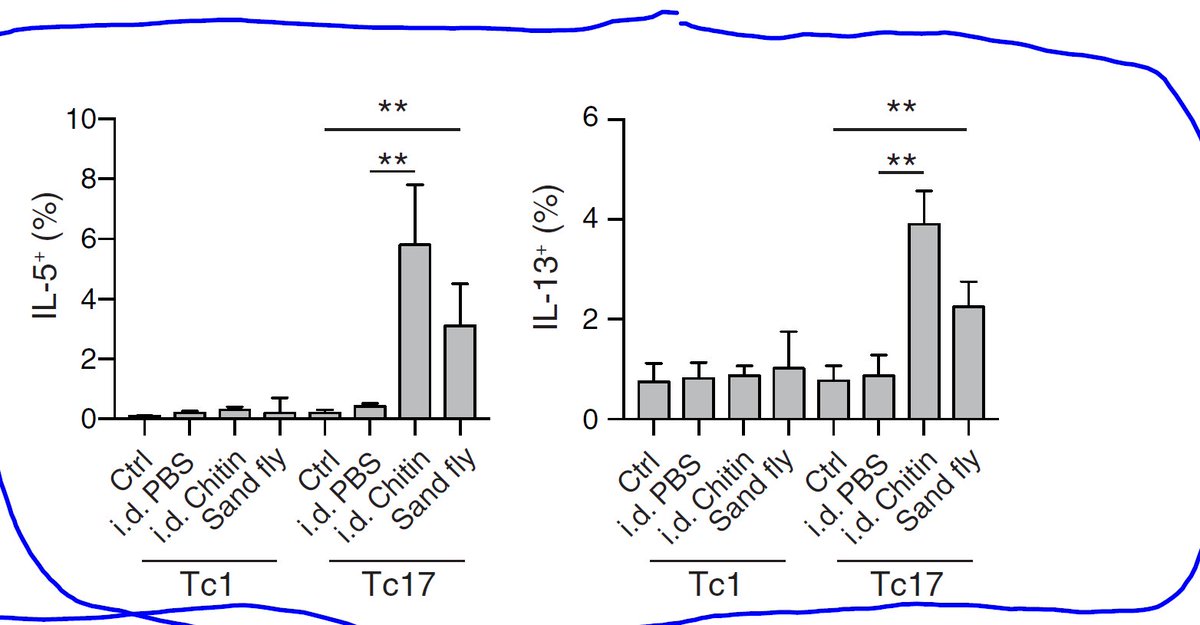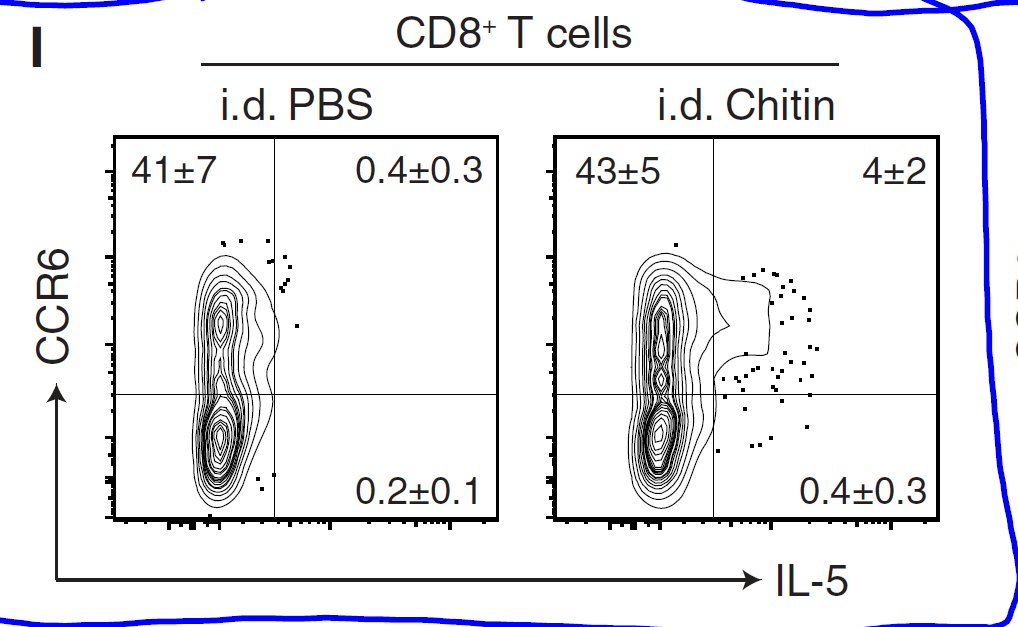
We are entering a new, endemic stage of #COVID19 spread. Drop in efficacy (50% or less) against new SA variants is a classical example of vaccine efficacy against #influenza virus.
https://twitter.com/DrEricDing/status/1354899824370462722
It is clear from all available data that both @BioNTech_Group and @moderna_tx mRNA vaccines will be less effective against SA variant and there will be many more like this.
@BioNTech_Group @moderna_tx but we will have a bigger problem than SA variant of #SARS_CoV_2. And it has to do with the little-understood phenomenon of "original antigenic sin" [OAS]. The idea that @moderna_tx or @BioNTech_Group will simply design new #mRNA #vaccines against SA variant, will not work here.
@BioNTech_Group @moderna_tx Anybody already vaccinated with the original #mRNA or #Vector #vaccine or recovered from the original #SARS_CoV_2 will have antibodies that will prevent booster uptake and priming against new antigenic epitopes. This is a reason why #influenza vaccines are minimally effective.
@BioNTech_Group @moderna_tx there is no way around it.If @moderna_tx or @BioNTech_Group will try to design an mRNA vaccine that bypasses original Ab epitopes and only includes new epitopes, it could lead to memory T cell only,dominant response, and worse outcome as T cells only response is very detrimental.
@BioNTech_Group @moderna_tx the best solution is to design new mRNA or Vector vaccines that already includes both new and old epitopes. But there always will be new variants, over and over again, that will escape all previous iterations. It is new, 21st-century #influenza behavior.
• • •
Missing some Tweet in this thread? You can try to
force a refresh


